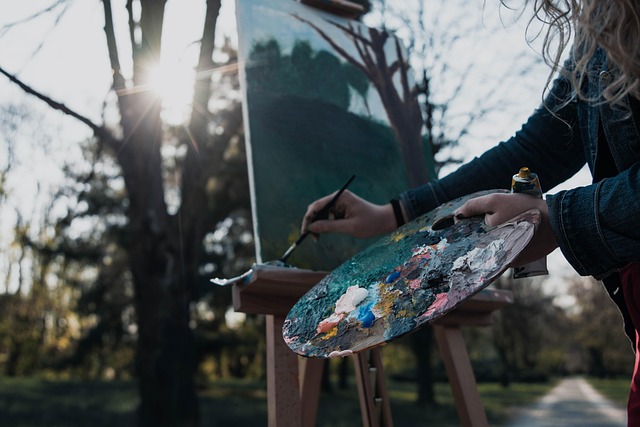Unleash Your Creativity with Shadow Painting
Are you ready to dive into a world where light and darkness dance together on your canvas? Shadow painting is more than just a technique; it’s a way to bring life to your DIY projects and express your unique artistic vision. Whether you’re a seasoned DIY enthusiast or just starting out, this guide will help you explore the captivating realm of shadow painting.
What is Shadow Painting?
At its core, shadow painting involves using varying shades and hues to create the illusion of depth and dimension in your artwork. This method can accentuate the form of objects, giving them a three-dimensional appearance on a flat surface. It’s a simple yet powerful technique that transforms ordinary pieces into extraordinary manifestations of creativity.
Gathering Your Materials
Before you start your shadow painting adventure, you’ll need to gather some essential materials:
- Canvas or watercolor paper
- Acrylic or watercolor paints
- Brushes of various sizes
- Palette for mixing colors
- Water container and paper towels
- Pencil for sketching outlines
Step-by-Step Guide to Shadow Painting
Follow these steps to create your very own shadow painting:
- Sketch Your Design: Start with a light pencil sketch of your subject on the canvas. This could be anything from a still life to a whimsical abstract form.
- Base Layer: Apply a base layer of light colors to your canvas. This will serve as the foundation for your shadows.
- Mix Your Shadow Colors: Take a darker shade of paint and mix it with your base color to create your shadow hues. The key here is to experiment! Different combinations can yield unique effects.
- Paint the Shadows: Begin applying your mixed shadows in areas where light would naturally be obstructed. Use various brush strokes to create texture and interest.
- Add Highlights: Don’t forget to add highlights! Using a lighter shade, define areas that catch the light, enhancing the three-dimensional effect.
- Finishing Touches: Step back and assess your painting. Make any final adjustments and don’t be afraid to add more layers or detail.
Exploring Your Creativity
The beauty of shadow painting lies in its versatility. You can incorporate this technique into a wide range of DIY projects, from home decor to personalized gifts. Try shadow painting on wooden surfaces, create stunning wall art, or even enhance your journals and scrapbooks with whimsical designs. The only limit is your imagination!
Community and Inspiration
Join communities online that focus on shadow painting and other DIY projects. Platforms like Instagram and Pinterest are filled with inspiring artists and creatives sharing their techniques and projects. Participating in these communities can provide motivation, guidance, and new ideas that can elevate your own works.
Shadow painting not only allows you to creatively express yourself but also serves as a therapeutic activity. Each brush stroke can relieve stress and offer a meditative space where creativity flows freely. So, grab your brushes and start crafting shadows that reflect your artistic spirit!
